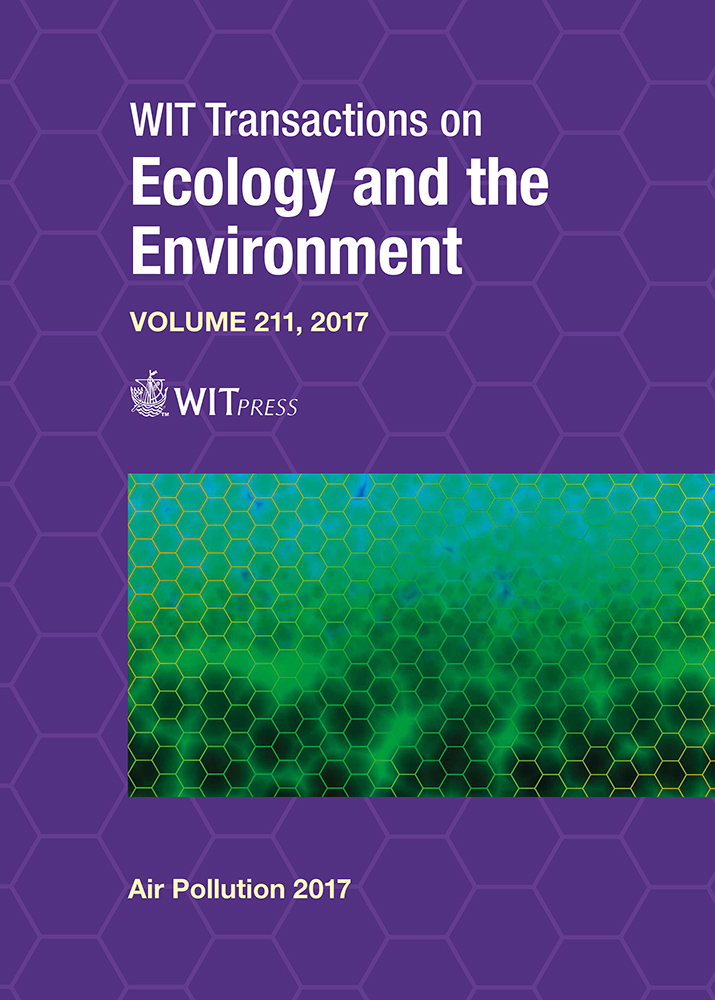IDENTIFICATION AND ANALYSIS OF SOURCE CONTRIBUTIONS TO THE AIR QUALITY IN THE AMSTERDAM REGION
Price
Free (open access)
Transaction
Volume
211
Pages
10
Page Range
31 - 40
Published
2017
Size
1,012 kb
Paper DOI
10.2495/AIR170031
Copyright
WIT Press
Author(s)
SÍLVIA COELHO, JOANA FERREIRA, VERA RODRIGUES, SANDRA RAFAEL, CARLOS BORREGO, MYRIAM LOPES
Abstract
Air pollution has become a growing concern in the past few years, with an increasing number of acute air pollution episodes in many cities worldwide. Ozone (O3) is a powerful oxidising agent and one of the air pollutants of most concern in Europe. Source apportionment modelling provides valuable information on the contributions of different source sectors and source regions to ozone concentrations. This information can be useful in designing air quality management strategies and in understanding the potential benefits of reducing emissions from a particular source category. In the present work, the Comprehensive Air Quality Model with Extensions (CAMx), with its Ozone Source Apportionment Technology (OSAT), was applied over Amsterdam Region, Netherlands, for the period of 8th to 12th July 2010, when high concentration of ozone were measured in several air quality monitoring stations in the region of Amsterdam. The contributions of different source categories and the NOx/VOC limitation to the ozone formation were quantified. Results indicated a great influence of transboundary transport on the O3 simulated concentrations. The OSAT tool revealed that this is the main factor affecting O3 levels in the area of study, followed by VOC emissions from solvent use and NOx emissions from industry and other sources not individually analysed. O3 formation is slightly more NOx limited than VOC limited.
Keywords
ozone, numerical modelling, source apportionment





